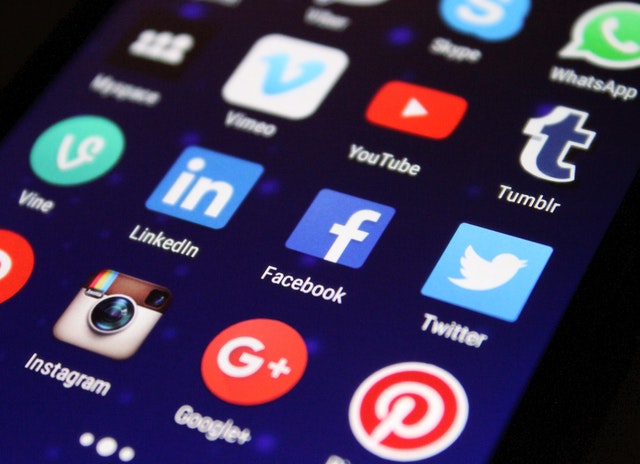The popularity of texting and social media has enabled quicker and wider distribution of our thoughts and ideas, but at what cost? When these methods become the default medium for how we interact with others, receivers may make false assumptions, misunderstand our intent and become less rather than more clear on the message.
This is because so much is lost when we remove the opportunity for the receiver to look into the eyes of the sender, hear the tone of their voice, and feel a physical presence that is either congruent or incongruent with what is being stated. All of these elements are vital to clear communication, yet missing when reduced to text and emoticons.
When we email, text, tweet or post we are choosing asynchronous communication. This electronically mediated form of communication occurs when participants are not necessarily interacting concurrently. One person can send a message and receivers can reply when they choose. This can be especially valuable in some situations and extremely problematic in others.

The trouble is these asynchronous communication vehicles have become the default way for far too many of us to interact with others. And this is creating a crisis in our communication.
One of the reasons for this is that we all instinctively need warmth to convey difficult truths, and this warmth won’t happen if you can’t see the other person’s face or hear the inflection in that person’s voice.
Communicating face-to-face or even via video (Skype, Slack, FaceTime, etc.) is much better suited in most cases. This synchronous communication is how we first learned to interact with other humans and became vital to our survival. In synchronous communication, you say something to another person and you receive immediate feedback both from what he or she says and from the extremely valuable non-verbal messages conveyed.
When conveying any message, it is important to choose the appropriate medium rather than simply default to one alone. With that I offer the following suggestions.
Using email is a great way to convey information to others, but it’s not great in every case. Here are some suggestions regarding email guidelines:
- Include a clear and direct Subject line.
- Think twice before hitting “Reply All.”
- Be cautious regarding humor.
- Reply to your emails—even those sent to you by mistake.
- Proofread your message before hitting Send.
- Keep tabs on your tone to ensure the message won’t be misinterpreted.
- If message may require back and forth discussion, choose face-to-face or phone call instead.
Text
Here’s a subset from a list from the Emily Post Institute regarding texting guidelines that I think are appropriate:
- Don’t text to inform someone of sad news or to end a relationship.
- Keep your message brief. If it runs on and on, make a phone call instead.
- Don’t text anything confidential, private or potentially embarrassing.
- Don’t be upset if your text doesn’t get an immediate response—you can’t know for sure when the recipient will read the message.
- Just as you shouldn’t answer your phone during a conversation, you shouldn’t text when you’re engaged with someone else. If you are with someone who won’t stop texting during your conversation, feel free to excuse yourself until they have concluded their messaging.
- Don’t text and drive.
In an article in Psychology Today, Douglas Van Praet recommends the following to improve all text-based communication:
- Play it straight. Strive for being clear over being clever. Less will be lost in the translation between what is written and what is read.
- Close the loop. Acknowledging a message is as simple as nodding your head or saying “uh-huh” when you are face-to-face. With text-based communications, you can be courteous with a quick return message to acknowledge receipt.
- Respond quickly. It is much more difficult to build and maintain trust without face-to-face interactions. Based on research, a general rule of thumb indicates that a quick response will lead to greater respect, even when the answer may not be what they want.
- Move the conversation offline. Bottom line: If the conversation is important, do it in person or at least via video where you can see each other.
Tweet
Twitter’s Terms of Service make it extremely clear and simple regarding proper etiquette: Be genuine and non-deceptive and provide value. Other things to keep in mind:
- Like all social media, remember it is a public forum.
- It is meant for engagement, so prepare to genuinely engage with your followers.
- Be polite.
- For every promotional link regarding you or your business, send out at least five tweets that inform, engage and converse.
Face-to-face is usually the most effective way to convey information to another person, especially with a sensitive or difficult message and where there is a need for back and forth questions and answers.
It seems that building and maintaining trust, perhaps more than anything else, is when it is most important to communicate face-to-face. Therefore, if you have any concern regarding trust with whomever you are trying to communicate, engage directly rather than digitally.

